Honestly, LED light therapy is one of the most underrated skincare treatments in clinic, and if you’re a beauty junkie you will either have had one coupled with a treatment, or you might be the happy owner of an at-home device.
What does LED Light Therapy actually do?
LED stands for Light Emitting Diodes, and it’s these lights and their specific wavelengths that stimulate receptors in the skin. Hence why the wavelengths are important, because the specific wavelengths = specific results. So in clinic, we tailor the wavelength to treat your concerns.
To simplify this further, I like to tell my clients the light is kind of like recharging your skin cells. You know how when your phone is not fully charged and just kind of sucks - but then you plug it into a charger? It’s kind of the same thing. Only for your face.
The light enters the skin and the skin converts it to energy and everything just works b.e.t.t.e.r and you glow! Worth noting that the device needs to be good, and the energy output matters - but we will get to that in a second.
Skin benefits:
- Treats acne
- Calms inflammation
- Boosts collagen production
- Helps with wound healing
- Great for overall skin rejuvenation and skin health
The 411 on the wavelengths
Again, the wavelengths matter, this is what = results. Near infrared wavelengths have the most evidence behind them but blue and yellow have some too. What do they each do? Well let me explain.
Blue light - contains anti-inflammatory and anti-bacterial effects. This is the light that is often used to treat acne. Wavelength = 400-470nm
Yellow light - can treat swelling, redness, and pigmentation. Wavelength = 540nm.
Near Infrared light - penetrates the deepest and is great for wound healing. I.e coupled with treatments in clinic, although I personally also love this light on its own. Wavelength = anywhere between 700-1200nm.
Red light - is what helps stimulate collagen production, but also supports wound healing too. Wavelength = anywhere between 630-700nm.
What about the at-home LED devices? Do they stack up?
They have their place, but do they have evidence behind them? Not really. And do they work? Maybe. (Kinda.) Honestly, most brands can market them however they want and they don’t need to prove an effect. I don’t think they don’t work, I just think you need to invest in a quality device (something like the Omnilux) and you need to actually use it at least 5 times a week or it will be a complete waste of time and money.
Another reason why I think at- home devices are ok is that I work with clients online all the time, and I know for many people it’s not realistic to pop into a clinic regularly due to budget constraints, time, and even location, so the at-home devices have their place.
I just wouldn’t expect any miracles from them, and as a Dermal Therapist, if a client were to ask me whether they should invest in a good vitamin A product, or an at home LED device I would tell them to go with a vitamin A - so do with that information what you will.
On that note, if you are still keen on at home LED device they are not not worth it, but as a consumer I would be looking at a few things before purchasing:
- The wavelength - obviously for a therapeutic effect - see above
- How close the device sits to the skin - the energy output is important, because they need to be doing *something*. Meaning your face should actually feel warm and or look a bit pinkish post use.
- And the length of time - because you don’t want to undertreat, but you also don’t want to be overtreating. Or making skin conditions like melasma worse.
I also wouldn’t be buying anything that is super cheap. This is where it pays to invest.
LED Light Therapy in clinic
In clinic treatments, on the other hand, do have evidence behind them and they can treat your skin. They can boost collagen production, help your skin recover post peel, prep your skin for advanced treatments and they are incredible for helping skin with inflammatory skin concerns like rosacea and eczema. The sessions are also quite short and can literally be done on your lunch break. Your skin should be thoroughly cleansed, prepped and you will be slightly pink for maybe half an hour max. However, best results will always come from consistency!
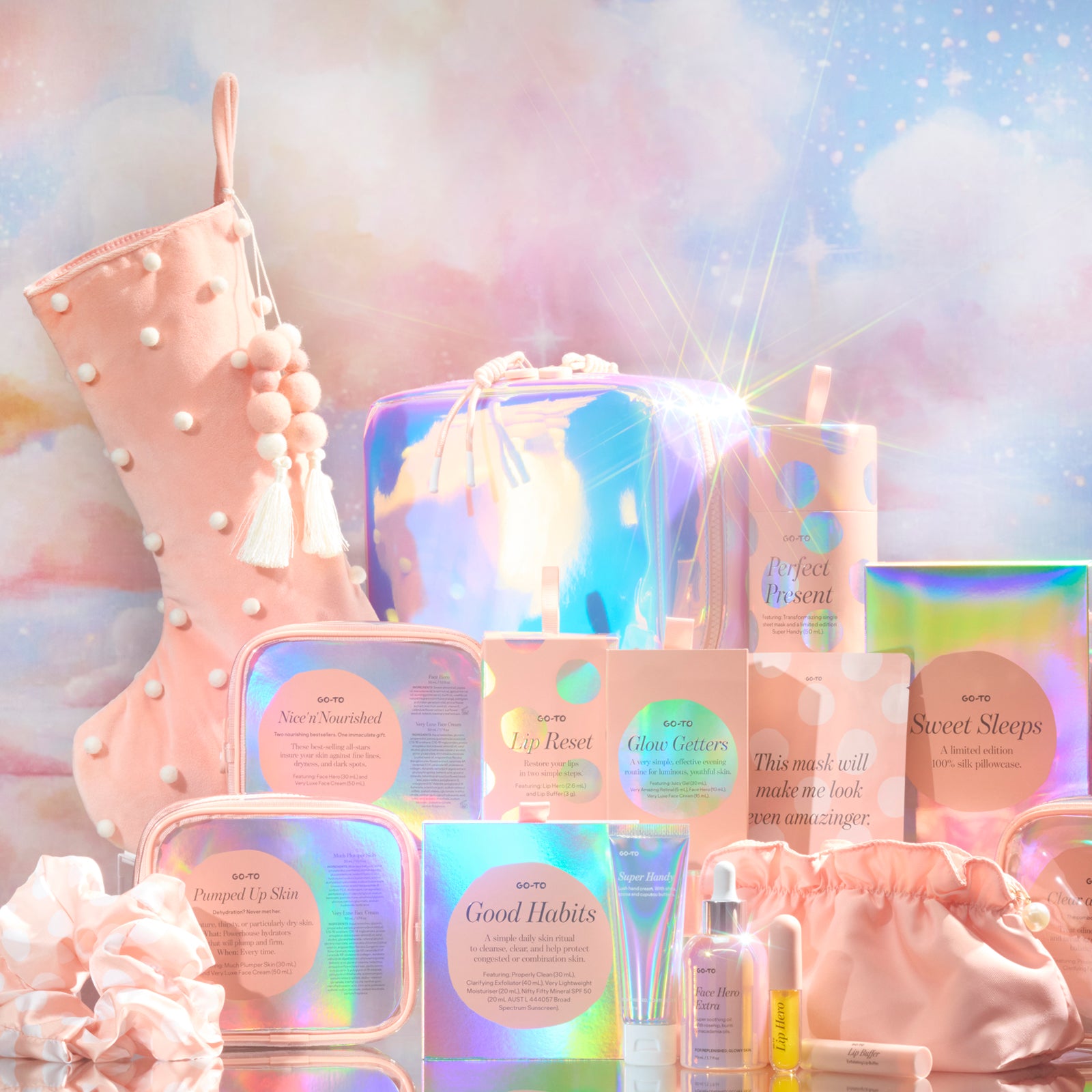



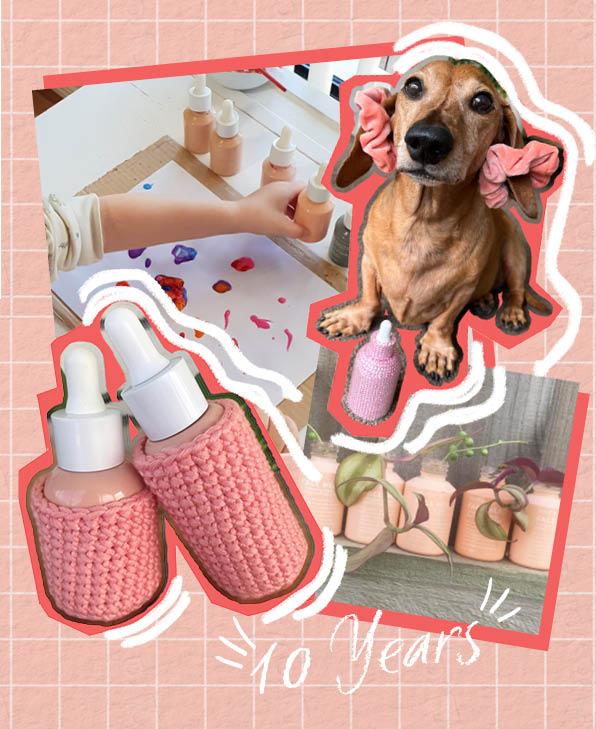

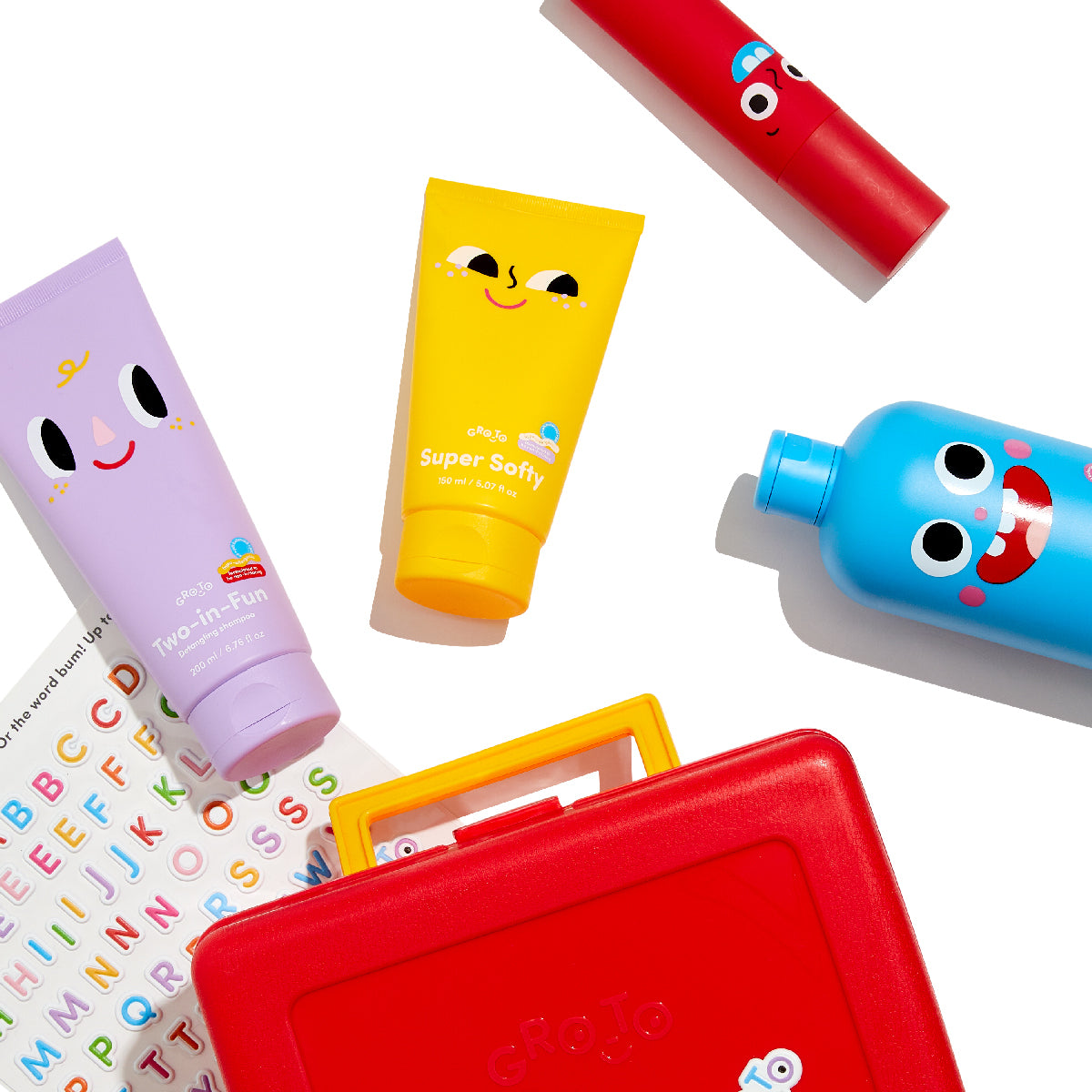



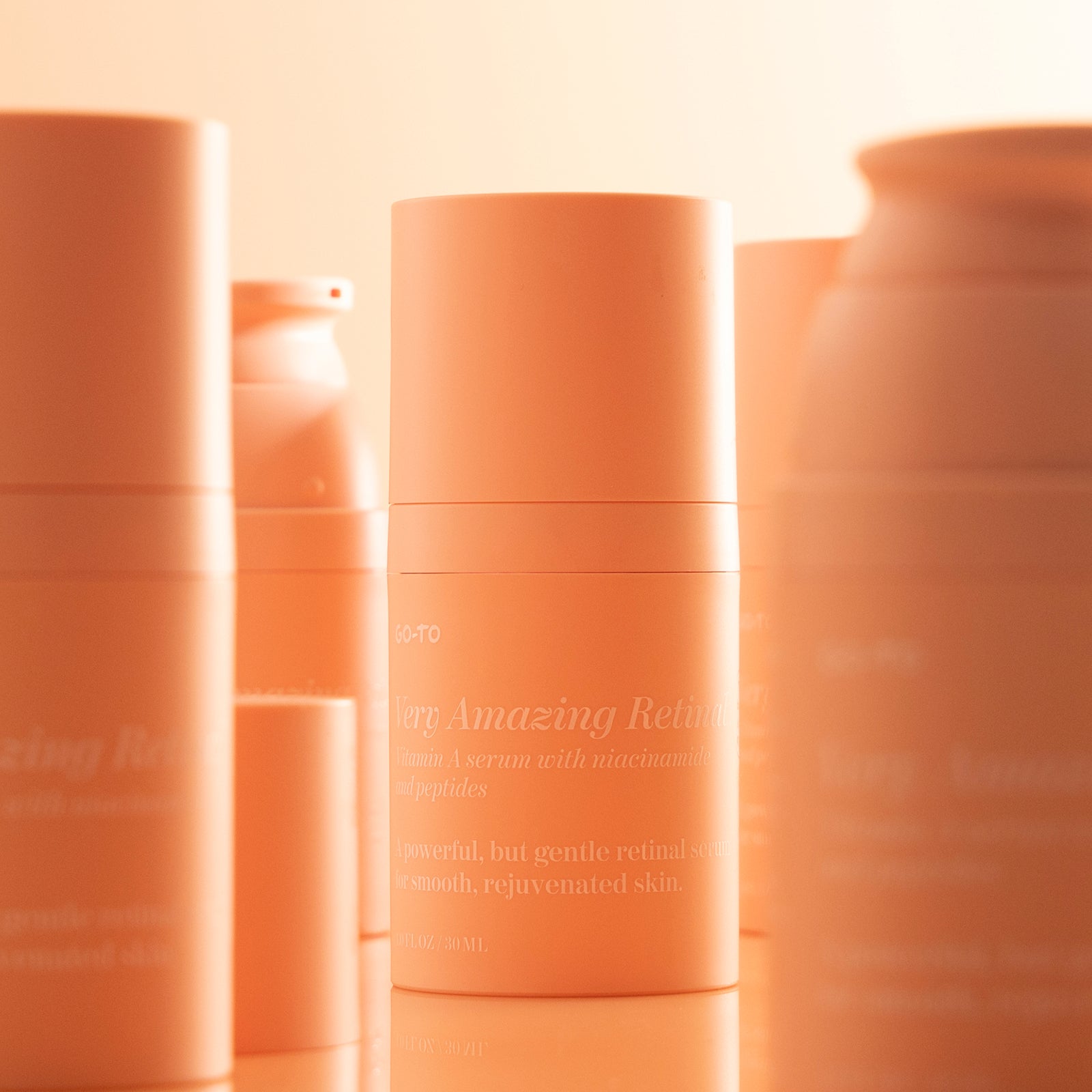
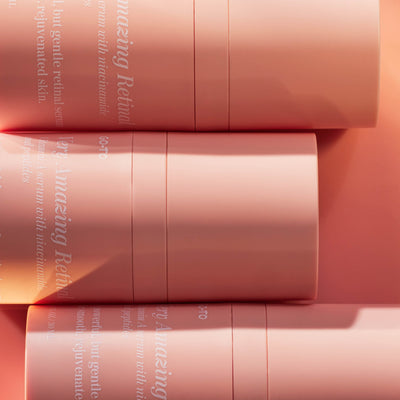




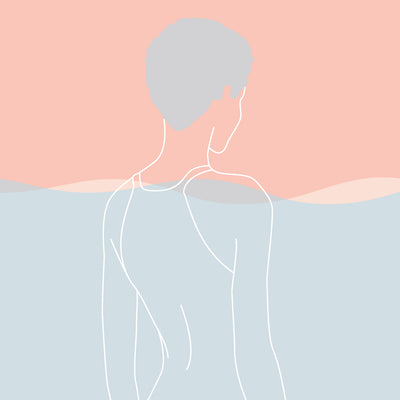
Comments